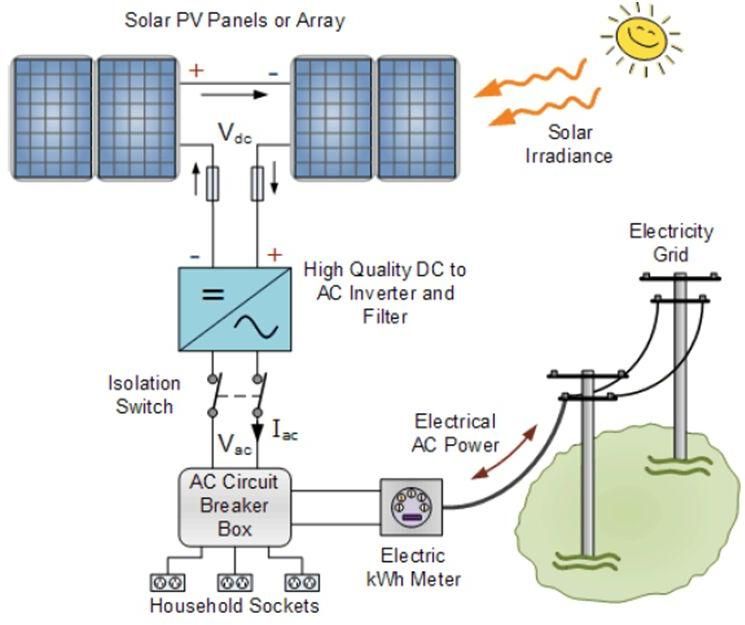Ameerpet, Hyderabad, Telangana
- GST NO. : 36AFXPM2927A1ZB
| Business Type | Exporter, Supplier, Retailer, Distributor |
| Brand Name | Polycab |
| Driven Type | Electric |
| Condition | New |
| Click to view more | |
Product Details
Photovoltaic comprises the technology to convert sunlight directly into electricity. The term “photo” means light and “voltaic,” electricity. A photovoltaic (PV) cell, also known as “solar cell,” is a semiconductor device that generates electricity when light falls on it. Since its first commercial use in powering orbital satellites of the US space programs in the 1950s, PV has made significant progress with total photovoltaic module industry growing at more than 40% in the past decade. The PV modules combined with a set of additional application-dependent system components (e.g. inverters, batteries, electrical components, and mounting systems), form a PV system. These PV systems are highly modular, i.e. modules can be linked together to provide power ranging from a few watts to tens of megawatts (MW). The solar PV panels typically produce DC electricity that is fed to a grid interactive inverter, which in turn converts the DC electricity into AC electricity at a required voltage level. In order to achieve a higher system voltage, the output of inverters is fed to step up transformers to increase the voltage levels at the desired level. From the transformer, the power is routed through the high voltage panel and eventually to other required measuring & protection devices before connecting to the grid. Photovoltaic Technologies Multi-Crystalline Silicon Multi-crystalline (or poly-crystal) silicon panels are made by using polycrystalline wafers. Multi crystalline wafers consists of number of crystallites with different grain sizes will be having grain boundaries and several defects. Multi-crystalline Si growth is relatively cheaper than the mono crystalline Si and the cells made up of these wafers are relatively cheaper. Due to the less pure crystals, the efficiency of these cells reduces and the module efficiencies typically range in between 14-16%. The lifetime of these modules is also around 25 years or more and these panels are cheaper option where the space is not a limitation. These panels are commonly preferred ones for grid connected applications. Mono PERC & Mono PERC HC Solar Panels for Commercial and Utility-scale Projects. With a technology that combines rear wafer surface passivation and local rear contacts to maximize light capture, mono PERC solar modules are paving the way for dramatically increased PV system efficiency. Half-cut cell mono PERC solar modules have solar cells that are cut in half, which improves the solar module's performance and durability. When solar cells are halved, their current is also halved, so resistive losses are lowered and the solar cells can produce more power PV Technology Recommendation Each of the above technologies has their own particular strengths and limitations. Multi crystalline silicon photovoltaic technology is recommended for the project on the grounds of easy availability, cost effectiveness and technological stability. Balance of Plant Systems (BoS) For a solar PV Plant, the BoS comprises of inverters, cables, mounting structures, foundations and power electronics. Often assigned secondary importance irrespective of their being a significant cost component, BoS are critical determinants of the actual plant life. High technical standards of BoS components should therefore be ensured as a matter of standard practice. Solar Inverter Inverters used here will most likely produce a 1-phase or 3-phase AC with 2nd generation technologies for high efficiency & Reliability with week light generation technology to harvest more power during low radiation with Wi-Fi inbuilt technology for remote monitoring of all parameters on Phone or PC. Polycab provides reverse feeding controller for DG & Reverse flow Synchronization Synchronization achieved at inverter output. Inverter checks for AC output Voltage, Frequency & Phase Sequence against grid parameters at 415 V. When the Inverter AC output matches with grid reference, inverter will close the circuit and start fe
Looking for "solar system kit" ?
Explore More Products










